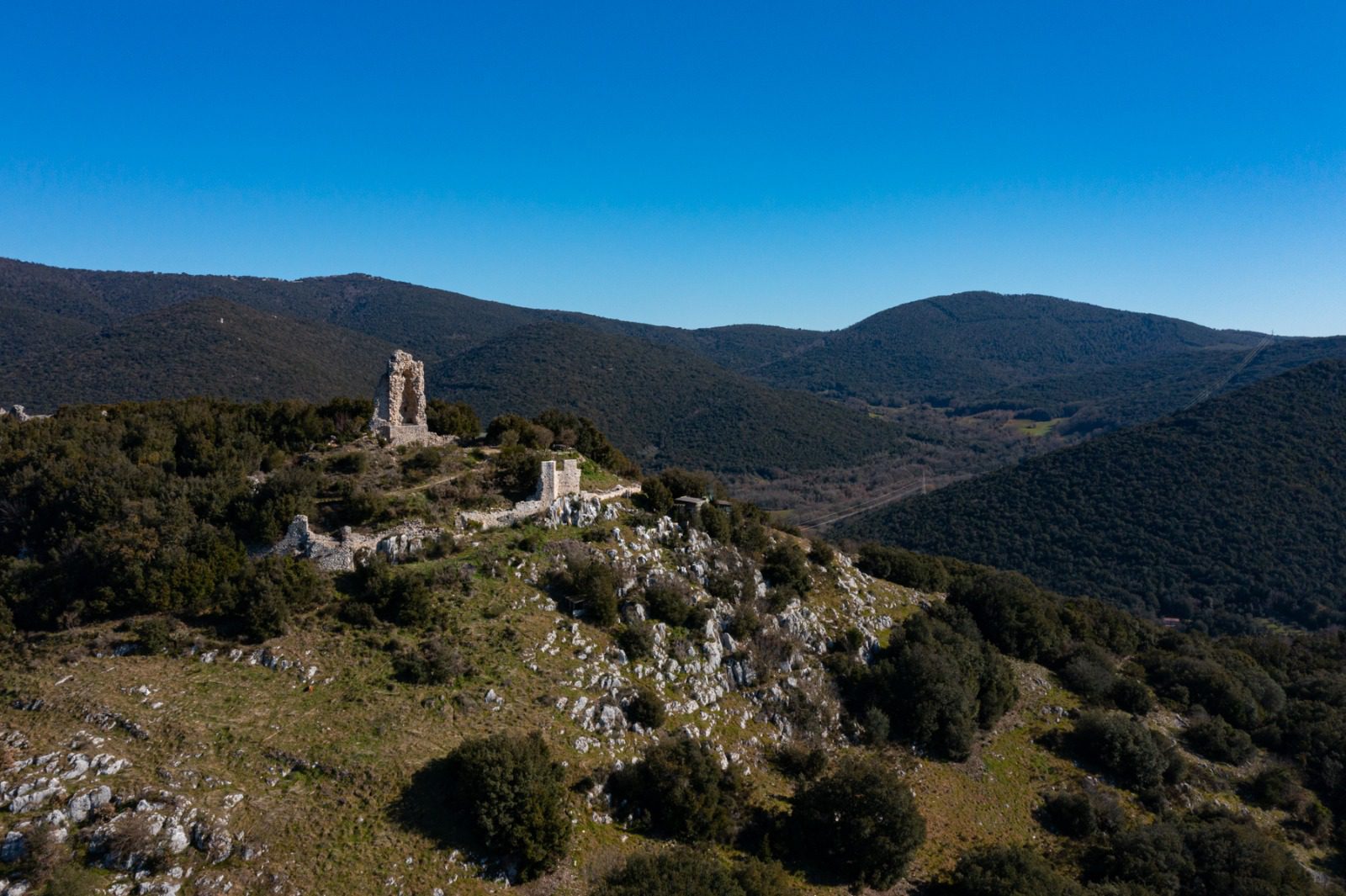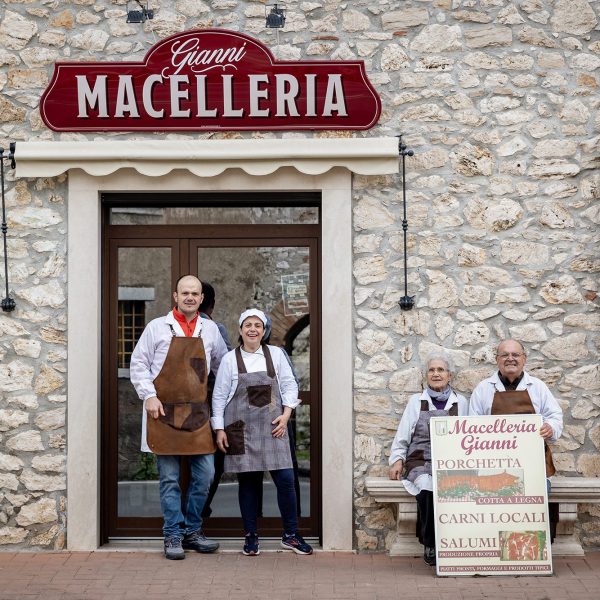Guardea (Tr)
History
Remains of thermal buildings dating back to the 2nd century AD found in the Piana del Ceraso suggest that the area was already populated in Roman times.
On a hill behind the current village of Guardea, in one of the most scenic locations of Amerino, the ruins of the Castle of Guardea Vecchia indicate the ancient location of the village.
Erected by the Uffreduzzi counts in the 10th century, the castle passed to the Alviano family, who were already lords of the homonymous village. Here, the family collected taxes and tolls: the toponym Guardea “Guardigium” (from the Germanic “warda”), refers to the “tribute” due from the subjects to the Lords of the place. It was in the sixteenth century, with Bartolomeo D’Alviano, that the village reached the height of its prestige.
In the 17th century, the inhabitants moved further downstream, giving rise to the birth of the current center of Guardea, which from that moment became part of the Papal States until its annexation to the Kingdom of Italy in 1860.
Towards the end of the 19th century, the administrator Farina became the owner of the castle. His daughter Lina, married to the American comedian Jimmy Savo, inherited it and together they lived there, establishing an Art Center for a period. Among others, the Nobel Prize-winning author John Steinbeck was hosted there.
Address: Guardea, 05025 Guardea TR
Phone: 0744 903521

Culture
In the “new” city of Guardea, on the elegant Piazza Panfili, stands the 18th-century church of San Pietro and San Cesareo, which houses the remains of the Blessed Pascuccio, the city’s patron saint.
In 2001, the Municipality of Guardea, in collaboration with the Club of Budapest and some artists, inaugurated the Arch of Planetary Consciousness, a sculptural work placed next to the schools, at the center of a large equipped park. It was constructed using stones from all over the world as a symbol of universal brotherhood.
Guardea Vecchia
As a memory of the ancient location of the village, near it, higher up, stands the fortress of Guardea Vecchia, an ancient complex that extends over an area of about 8000 square meters. It is a ruin, but the design of its original perimeter remains intact, and eight towers are still visible. The place has great charm, and the panorama from here is one of the most beautiful in the Amerino territory.
Castle of Poggio
Facing the fortress of Guardea Vecchia stands the Castle of Poggio.
The castle, one of the oldest in Italy, was built in 1035 by the Normans and has remained unchanged over the centuries. With the sixteenth-century restoration by the architect Antonio da Sangallo the Younger, the castle gained a portico, loggias, and staircases, while the south and west wings developed to form an inner courtyard.
The Castle of Poggio is listed among the 24 Historic Residences of Umbria to be preserved internationally.
Currently inhabited by several families, it is the Italian headquarters of the Club of Budapest, an important international organization that focuses on the development of civil consciousness. Legambiente also has its territorial headquarters here.
Hermitage of Santa Illuminata
Not far from the slopes of Mount Civitelle, in the Municipality of Guardea, lie the remains of the Hermitage of Santa Illuminata, a convent built in 1007. It was a destination for devout pilgrimage because Saint Francis slept in the nearby cave. In the 12th century, the inscription LECTULUS B. FRANCISCI (bed of blessed Francis) was carved into the stone there.
A spring that flowed next to the cave is mentioned in ancient documents as miraculous. This spring still exists, hidden in the dense vegetation.
The megalithic walls in the Fossi area , dating back to the 3rd-2nd century BC, recall the remains of an ancient system that served to contain the waters of the streams and the Tiber to preserve the agricultural land.
Nature
Guardea and Castello del Poggio are among the first stops of a naturalistic route of about 90 km called il Cammino dei Borghi Silenti, a circular trail that revolves around Mount Croce di Serra, the highest point of the Amerini Mountains with its nearly one thousand meters of altitude.







